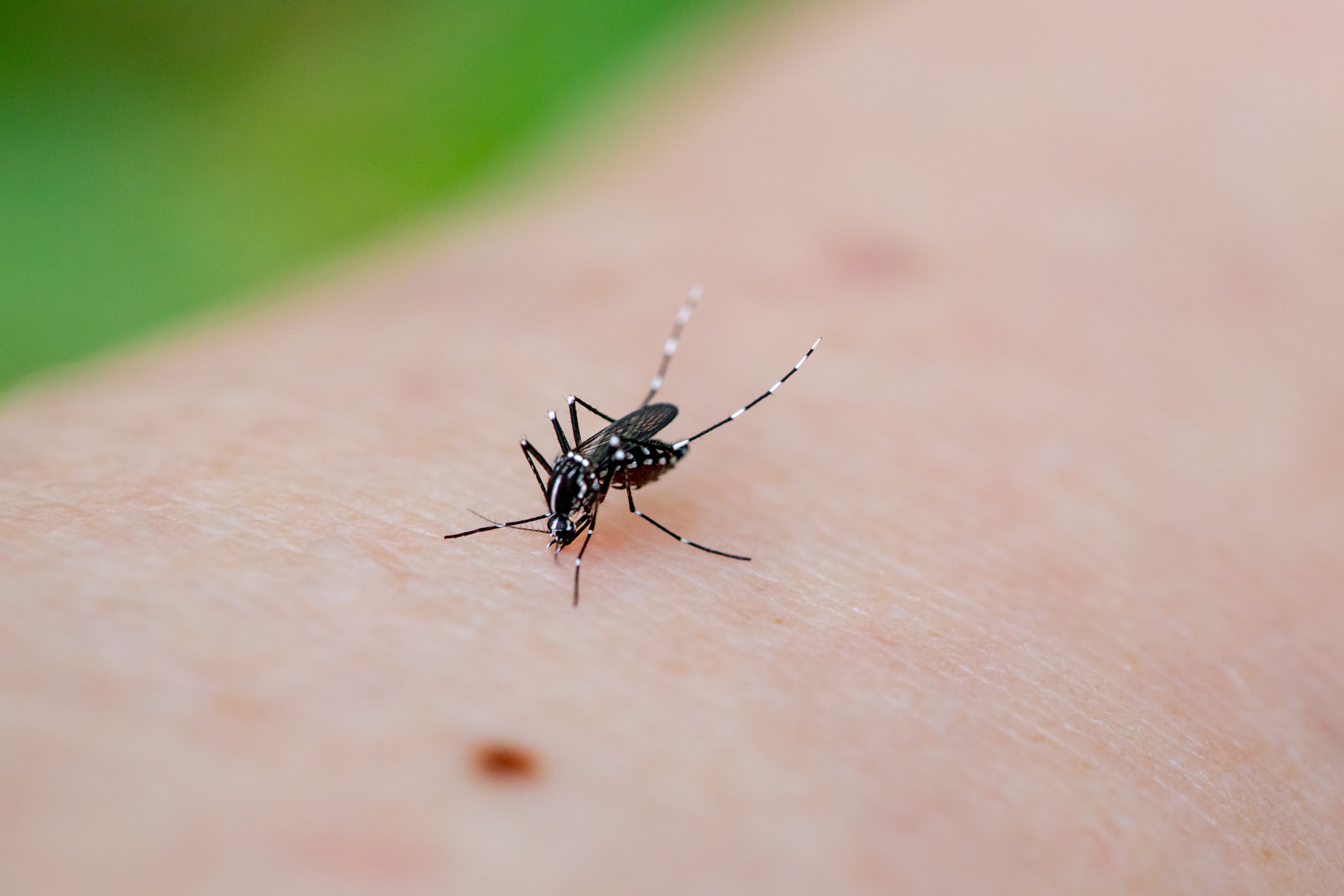Chikungunya is a viral infection primarily spread through mosquito bites, causing significant discomfort and death. This guide provides comprehensive insights into the chikungunya virus, its symptoms, diagnosis and management. With this information, you can take proactive steps to protect yourself and your loved ones from this challenging disease.
Overview of Chikungunya
Chikungunya is transmitted to humans through bites from infected mosquitoes, notably the Aedes aegypti and Aedes albopictus species and not transmitted from human to human, although one can get infected through blood transfusion or handling blood infected with the virus. The term ‘chikungunya’ comes from the Makonde language, meaning ‘to become contorted’, referring to the severe joint pain typical of the illness. First identified in Tanzania in 1952, the virus has since spread globally, posing significant public health challenges.
Transmission occurs when mosquitoes bite during daylight hours, particularly in the morning and late afternoon, making mosquito prevention essential.
Chikungunya is prevalent in tropical and subtropical regions, with outbreaks reported in Africa, Asia (including Singapore), and the Indian subcontinent. Chikungunya outbreaks tend to occur in the rainy season and warm weather would facilitate transmission, making this disease prevalent in Singapore. The World Health Organisation highlights the rising incidence of chikungunya, stressing the importance of public awareness and preventive measures.
Symptoms of Chikungunya
Chikungunya manifests with a range of symptoms, typically appearing a few days after a mosquito bite. The most common symptom is a sudden fever accompanied by intense joint pain which can lead to morning stiffness and immobilization. Other chikungunya symptoms include headache, muscle pain, joint swelling, and rash. While these symptoms can vary in severity, they generally follow a similar pattern.
The duration of chikungunya symptoms varies, with fever persisting for several days to a week. However, joint pain may linger for weeks or months post-infection. Some individuals experience ongoing fatigue and discomfort, affecting their quality of life. Over-the-counter pain relievers can help manage some of these symptoms, especially in milder cases.
Though most chikungunya cases resolve without severe complications, the disease can occasionally lead to serious health issues, such as heart disease, kidney failure and even death, especially in individuals with underlying conditions such as heart disease and diabetes. Monitoring symptoms and consulting healthcare professionals is crucial for preventing complications and ensuring a smoother recovery.
Diagnosis of Chikungunya
To confirm a diagnosis of chikungunya, your doctor may check for:
- Your medical history
- Your symptoms (e.g. fever, joint pain, headache & etc.)
- If you have travelled to a place where chikungunya is endemic
Your doctor may also request for blood tests to check if the virus is present in your body.
Differentiating chikungunya from diseases with similar symptoms, such as dengue fever and Zika virus, is essential for appropriate management. Healthcare providers consider symptom severity, geographical exposure, and timing to rule out other conditions. Accurate diagnosis ensures suitable care and relief methods, including pain relief medications and supportive care.
Management and Prevention
Treatment of chikungunya mainly involves management of the symtoms as no specific antiviral treatment exists. If the patient is suffering from rashes, topical calamine lotion or oral antihistamines such as cetirizine can be used to relieve the symptoms. Pain relievers are not just limited to over-the-counter options as some patients may be prescribed other painkillers by their doctor. Adequate hydration and rest are also vital for recovery.
As there is no approved vaccine against Chikungunya in Singapore, preventive measures are the best way to reduce its spread.
Minimise mosquito exposure by:
– Wearing long-sleeved clothing and using insect repellent
– Eliminating stagnant water around homes
– Staying indoors during peak mosquito activity, typically early morning
and late afternoon
Watsons offers products to ease chikungunya symptoms and support recovery, including counterpain solutions, pain relief medications, and topical ointments. Our mosquito repellent products provide long-lasting protection. Incorporating these products into your routine enhances comfort during recovery and helps prevent future infections.






